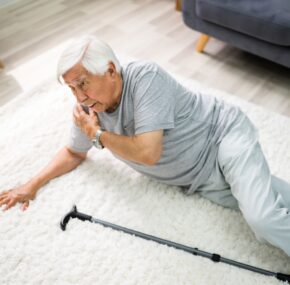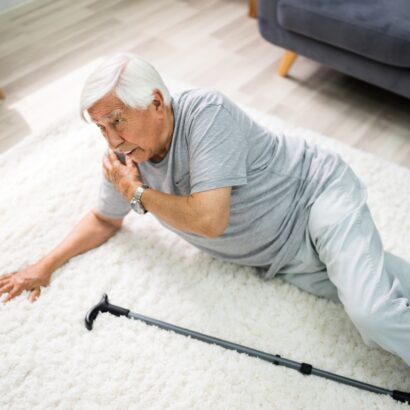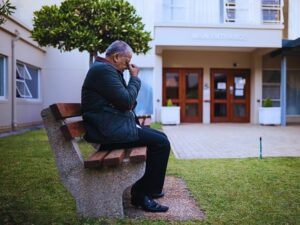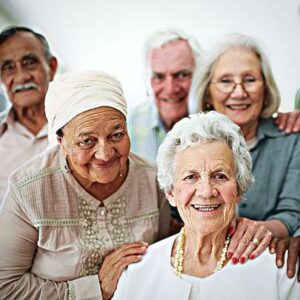Nursing home falls are preventable accidents, and nursing homes should take a number of steps in order to reduce the likelihood of falls. In Sept. 1997, the Illinois Council on Long Term Care sent its members a fall protocol, giving them notice of the steps that they could take to prevent falls. When a person falls in a nursing home that hasn’t followed its protocols, a nursing home abuse attorney may file a lawsuit on the person’s behalf.

Complete Assessments For Fall Risks
Nursing homes are supposed to complete assessments for fall risks for every resident in their care. After the assessments are completed, factors that are identified should be addressed in the care plans for the residents.
Fully Investigate Falls
When a person falls in a nursing home, the home should conduct a full investigation into the cause of the fall. The fall investigation report should detail the circumstances of the fall, the causes, any medical conditions that may have led to the fall and other factors, including medications, the environment, the floor surface and any appliances that contributed. A nursing home abuse attorney may request a copy of the fall investigation report.
Complete Incident Reports
When a nursing home resident is injured in a fall, the staff must also complete an incident report in addition to the investigation report. The incident report should detail what happened as well as the injuries that the resident suffered when he or she fell.
Identify Fall Risks When Changes Happen
When a resident’s medical condition changes, he or she should be reassessed for his or her risk of falls. This includes changes in the person’s medications and mobility status. The assessment should be available to staff on all shifts, and staff should check for new assessments at the beginning of their shifts and follow the recommended procedures accordingly.
It is important for nursing homes to work to reduce falls. In many cases, elderly people are severely impacted by falls, and some deteriorate rapidly after they fall. When a nursing home is negligent and fails to properly assess and supervise a patient who then falls, the person may be permanently harmed. Front-line staff are often in the best position to know what interventions are likeliest to work for individual residents, so nursing homes should take the time to ask for their input when they are designing their fall prevention programs.







